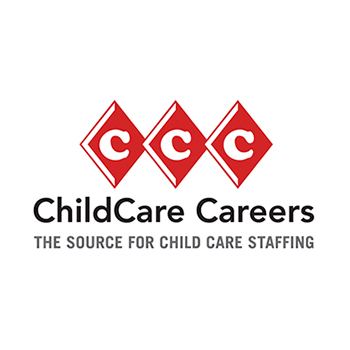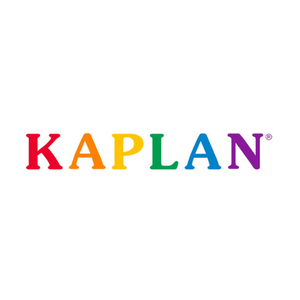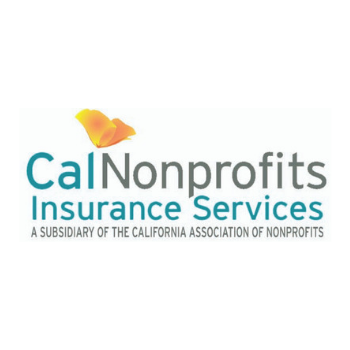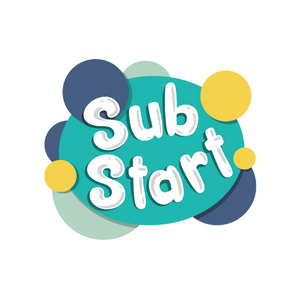Updated on Sept. 19, 2024. The ‘ECE 1’ section no longer includes a proposal to remove the CDA as a qualification for an ECE 1 permit.
The California Commission on Teacher Credentialing, the state agency that develops and implements child development permits, is considering major revisions to the existing Child Development Permit matrix. I encourage you to participate in the process by joining the next virtual workgroup meeting on June 12, 2024 from 9 am to 4 pm (meetings are open to the public). Further meeting information will be posted on the Commission’s website when available.
The Commission in August 2023 convened a Child Development Permit Workgroup (CDP WG) charged with “making recommendations on the structure and requirements for the Child Development Permit in line with the state’s Master Plan for Early Learning and Care and current needs of the field.” I serve as a liaison to the CDP WG and several Head Start California board members have participated in focus groups and workgroup meetings. You may recall responding to a survey or participating in a focus group in February or early March; those efforts were advisory to the CDP WG.
Commission staff presented an update and draft recommendations at the Commission’s April meeting. The draft recommendations consolidate the current six permits into five yet-to-be-named permits, increase most minimum educational requirements, and eliminate alternate pathways to permits. The recommendations are far from complete and are still being discussed by the CDP WG, which is currently slated to hold its final meeting on June 12.
We are greatly concerned about the impact these changes will have on our programs’ ability to recruit future staff. Overall, the revised matrix increases educational requirements without mechanisms for commensurately increasing compensation or making college education accessible. The revised matrix also increases barriers to entering the field, by removing the 6-unit assistant teacher permit and recognition of the CDA, at a time when we are in a staffing crisis.
While Head Start programs operate under Federal standards, State-issued permits are relied upon in several sections of the Head Start Program Performance Standards. Further, state permits are required for Head Start programs that are blending or braiding with state funding. Head Start California will submit written comments on the final recommendations to the Commission this summer. Keep an eye out for an opportunity to submit your own written comments or sign onto ours.
Full details of the current proposal can be viewed in the materials from the Commission’s April meeting. For your convenience, you can also review the current permit matrix, the proposed revised matrix, and the following summary of key changes.
Assistant / Associate Permits (dubbed ECE 1)
- Eliminates the 6-unit assistant teacher permit and increases the permit entry point to 12 units
- Allows a 2-year emergency ECE 1 permit, with 6 units if working towards 12 units
- Removes requirements for experience or fieldwork
Teacher Permit (dubbed ECE 2)
- Increases minimum educational requirements from 24 ECE + 16 GE units (40 units) to an Associate’s Degree (60 units)
- Requires completion of a practicum course, does not recognize experience
Master Teacher (dubbed ECE 3)
- Increases minimum educational requirements from 24 units ECE + 16 units GE + 6 specialization units + 2 adult supervision units (48 units) to a Bachelor’s Degree (120 units)
- Requires completion of a practicum course as part of a degree program, does not recognize experience
Site Supervisor (dubbed ECE Admin 1)
- Maintains a minimum of 60 units, but requires an Associate’s Degree instead of individual coursework
- Increases minimum experience from 350 days to two years as a teacher plus 100 days of supervisory experience (460 days)






















